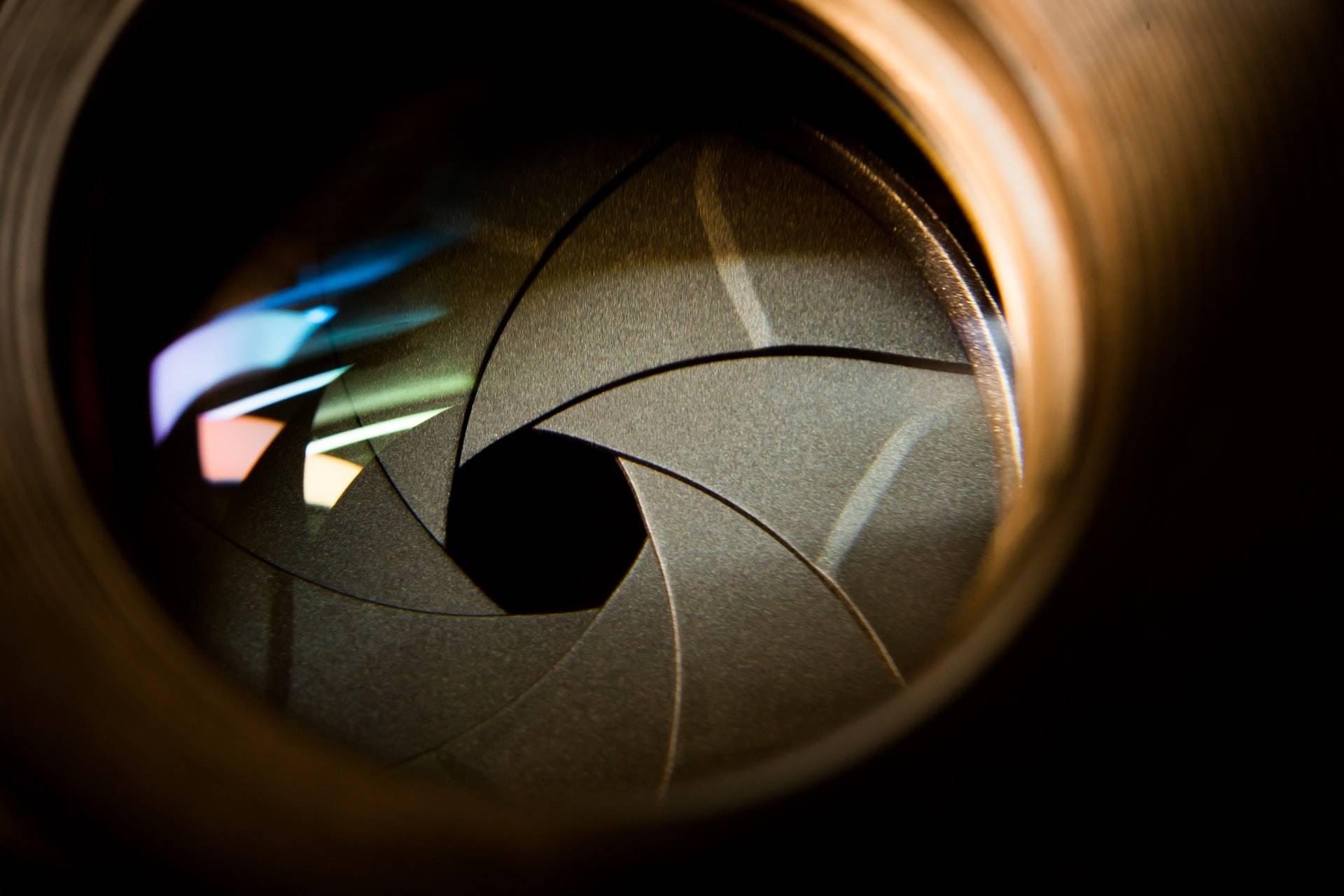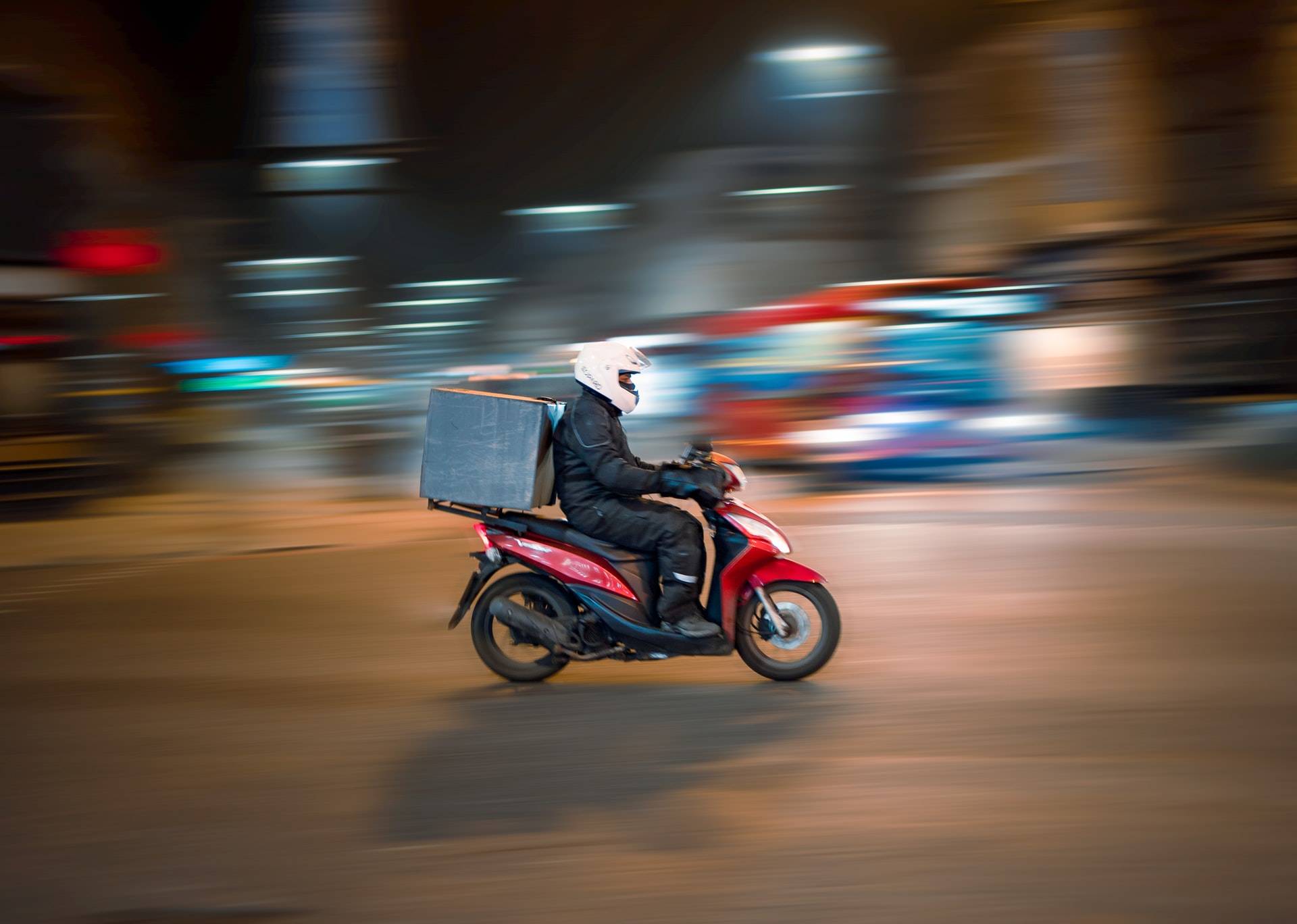Photography terms can be grouped into five categories: optical properties, aesthetic effects, technical concepts, verbal descriptions and other terms. This article provides a list of the most common photography terms with their definitions.

Aperture: The opening in the lens that allows light to pass through.
F-stop: A ratio of the focal length of a lens to its aperture diameter, or how much light is allowed into the camera’s sensor.
Focal length: The distance from one side of a lens or mirror to the other.
Shutter speed: The amount of time that a shutter is open for each exposure.
ISO sensitivity: How sensitive film or digital sensors are to light.
Image sensor: The device that records the picture on a digital camera or film negative.
Film speed: How sensitive a film is to light. Film speeds are expressed in ISO values, which measure how sensitive the film is to available light and vary from 100 (very slow) to 3200 (very fast).
Aperture priority: The camera sets the aperture, and the photographer can change it later.

Shutter speed priority: The photographer chooses a shutter speed that is fixed, and the camera adjusts the aperture to achieve proper exposure.
Manual mode: The camera chooses the aperture and shutter speed.
Bulb mode: The photographer controls both the shutter speed and aperture.
Exposure compensation: A small change in exposure to make a scene look brighter or darker than it really is.
High ISO: A film or digital sensor is exposed to more light than normal, and the resulting image will be grainier.
Low ISO: A film or digital sensor is exposed to less light than normal, and the resulting image will be sharper.



